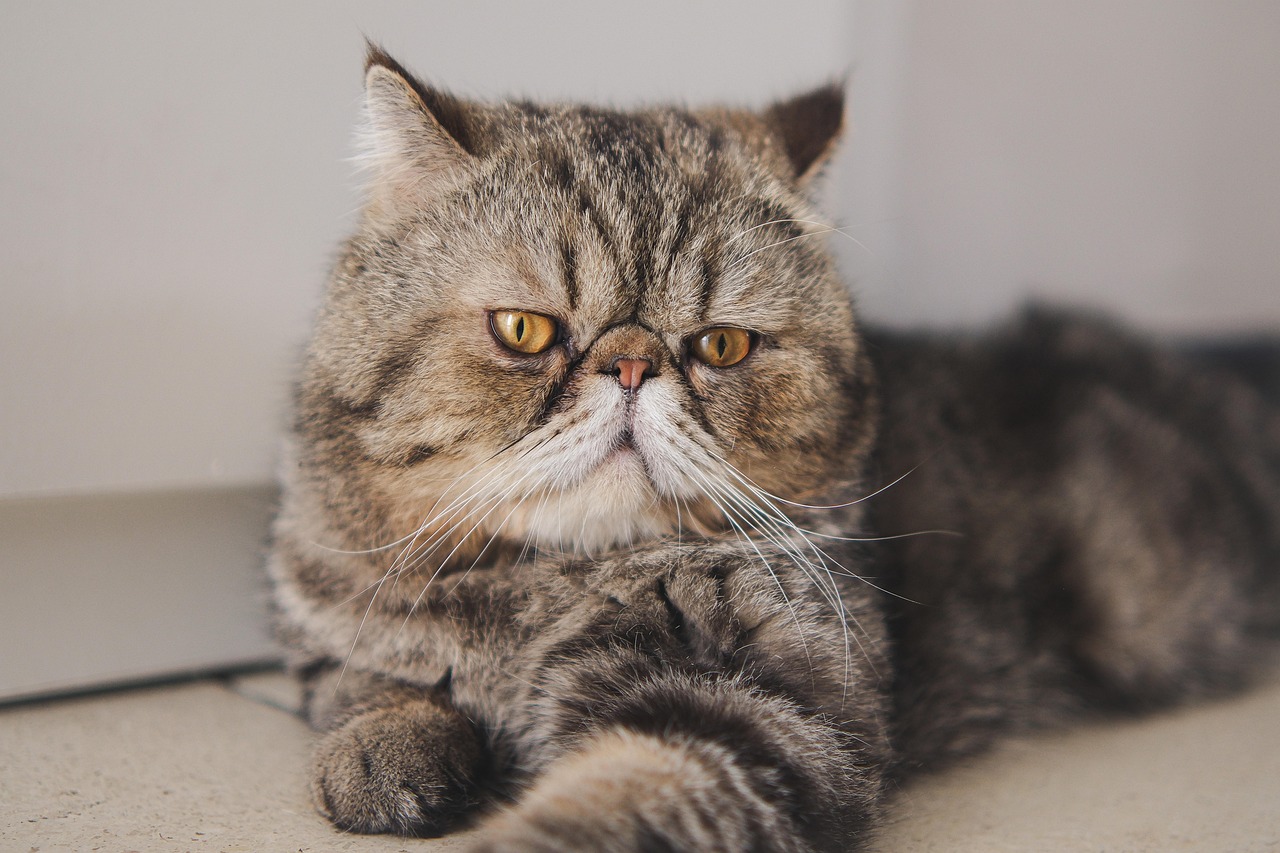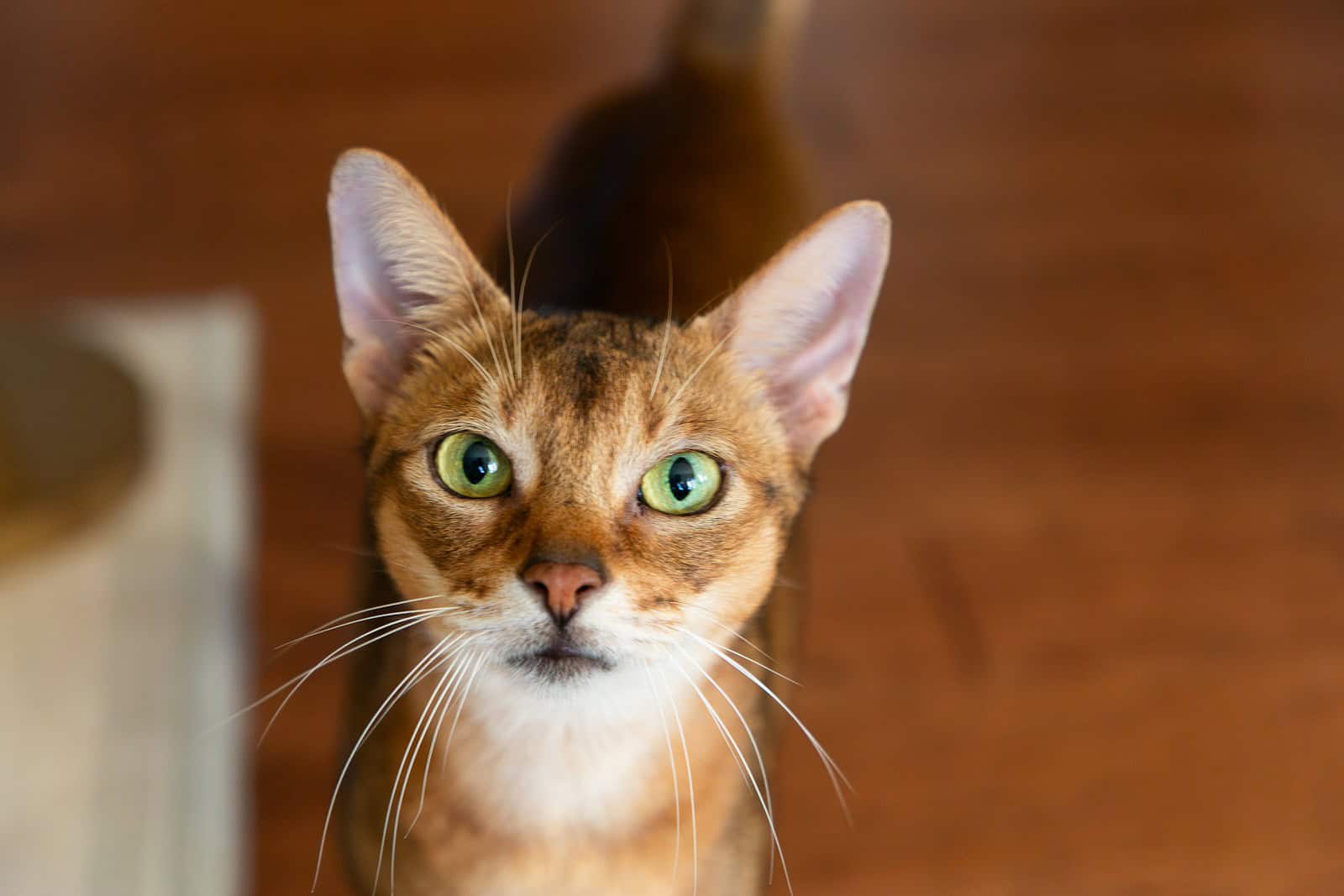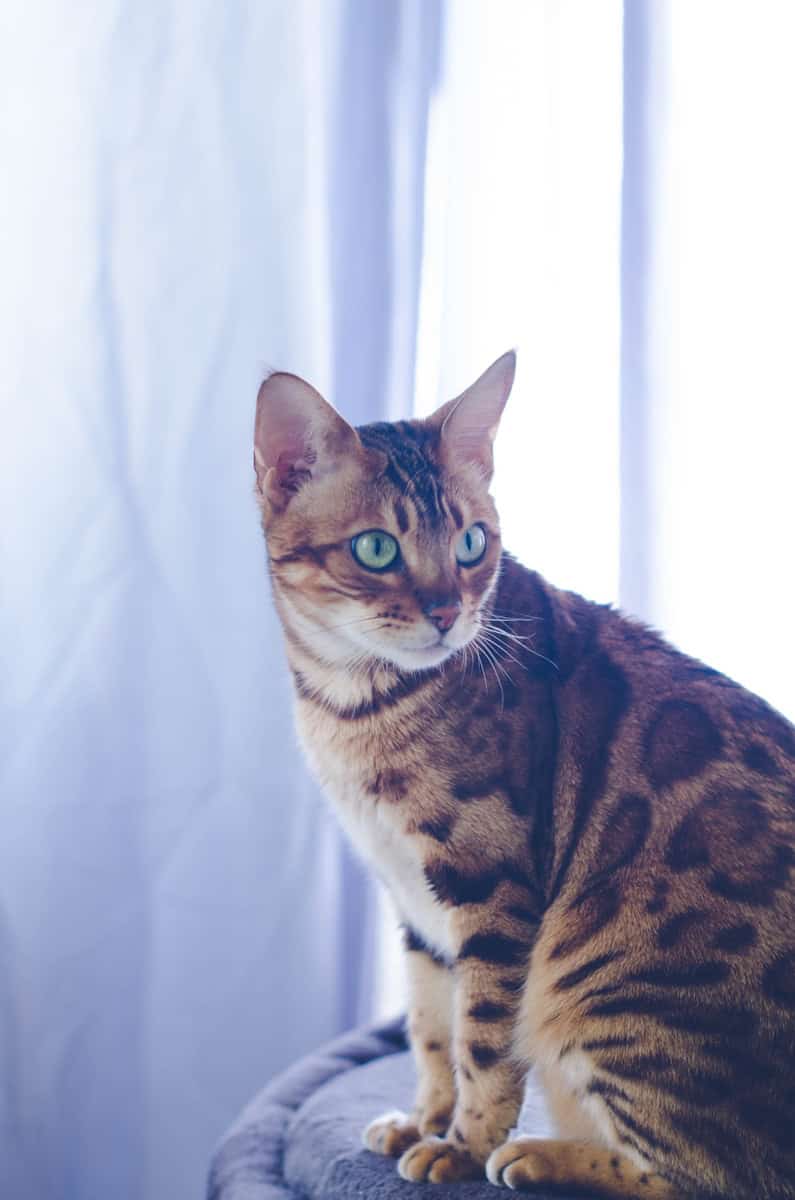Features
Hair loss

Child-friendliness

Speech

Hugging

Health

Activity

Are you intrigued by the exotic shorthair cat breed? These charming fluff balls make fascinating companions for cat lovers around the world. From their distinctive flat faces and lush fur to their playful nature, there is so much to discover about this unique breed. But what makes the exotic shorthair breed so special?
Dive into the world of exotic shorthair cats with us and discover everything you need to know about their history, care, temperament and more. Whether you are already a proud owner of an exotic shorthair or just curious about this enchanting breed, this blog post is sure to surprise you with fascinating insights and helpful tips.
The history of the exotic shorthair breed
The story of the exotic shorthair breed begins in the 1950s in the United States, when breeders experimented with Perser cats and crossed short-haired specimens. This crossbreeding aimed to retain the delightful, fluffy look of the Persian, but with a low-maintenance, short coat. The breed’s first official recognition came in 1966, when the Cat Fanciers’ Association (CFA) listed the “Exotic Shorthair” in its pedigree book.
From then on, the popularity of the exotic shorthair grew rapidly. Cat lovers appreciated their friendly nature and the cute, round faces so characteristic of the breed. Breeders in Europe followed soon after, and within a few decades exotic shorthair cats were known worldwide in domestic settings. Thanks to targeted breeding programs, these cats maintained their stable health and sought to become a beloved breed among both new and experienced owners.
Over the years, careful attention was paid to line purity so that the characteristics of the Perser, such as its calm temperament and extensive coloring, were preserved. At the same time, care was taken to create a shorter, smoother coat that required moderate maintenance. Today the exotic shorthair is known as the “lazy man’s Persian” a breed with all the charm of the Perser, but more practical in care. Their long history as a thoughtful, controlled bred species makes them a reliable choice for cat lovers worldwide.
Characteristics and physical properties
The exotic shorthair breed immediately stands out for its distinctive appearance: a round, flat face, large eyes and a compact, muscular build. These features are the result of years of focused breeding programs that brought together the Persian’s finest traits with a short, dense coat. Eye color ranges from bright copper to emerald green, depending on coat color.
The coat of an exotic shorthair is silky and dense, but absent of the long hairs that quickly cause tangles. This makes the breed ideal for people who like the lush look of the Persian, but want to spend less time on daily brushing. Furthermore, these cats have a sturdy, medium-sized build with short legs and a broad chest, giving them a robust appearance. Their tail is short and tapering, balanced with the rest of the body.
In terms of color variations, there are numerous possibilities: from solid colors like white, blue and cream to the well-known tortoiseshell and tabby patterns. Bicolour and colorpoint varieties also occur. The diversity in coat colors means that each exotic shorthair has a unique personality and appearance, and different breeding lines continually produce new, attractive combinations.
Personality and temperament
The exotic shorthair is known for its gentle, balanced nature. These cats are usually quiet and friendly, but not shy. They like to seek their owner’s attention and are very affectionate. Yet they also have their playful moments, enthusiastically playing with toys or chasing a laser print.
Unlike some other breeds, the exotic shorthair is not easily nervous or skittish. Their relaxed attitude makes them suitable for a variety of living environments, whether you live in a quiet home or one with more exercise. They adapt easily and are usually patient, both with visitors and other pets.
Communication occurs in a soft, quiet tone; exotic shorthair cats do not meow excessively. They prefer to give subtle signals such as a slight quivering meow or gently nuzzling against your legs. Their quiet nature makes them excellent companions for people who like a harmonious home atmosphere without contrary cat antics.
Caring for an exotic shorthair cat
Although the coat of the exotic shorthair is short and dense, regular maintenance is still important to remove dead hairs and dandruff. Brushing a few times a week is sufficient to prevent tangles and distribute natural oils into the skin. For the eyes and folds around their flat face, daily checking is recommended to prevent dirt build-up and infections.
Another essential part of grooming is tooth brushing. Exotic shorthair cats, because of their flat noses and jaws, are sometimes predisposed to plaque and tartar. Getting them used to tooth brushing or offering chew toys can help reduce dental problems. Finally, it is a good idea to trim nails every few weeks and clean the litter box daily to ensure your four-legged friend has a hygienic and comfortable living environment.
Are exotic shorthair cats suitable for families with children?
Yes, exotic shorthair cats are generally excellent housemates for families with children. Their patient, gentle nature makes them tolerant of the playful behavior of little ones. They happily allow themselves to be petted and picked up, provided children interact with the cat in a calm and respectful manner.
It is important to teach children from an early age how to approach the cat: gently pet it, do not pull too hard on ears or tail, and offer the cat a safe place where it can retreat. The exotic shorthair is not very shy, but as with all cats, proper socialization and respecting their boundaries is crucial for a harmonious relationship.
Common health problems of the exotic shorthair
Although the exotic shorthair is generally a robust breed, certain hereditary disorders can occur. One of the most well-known problems is brachycephalic respiratory syndrome, which is associated with their flat face. This can lead to shortness of breath, snoring and an increased risk of heat stroke.
In addition, kidney problems, such as polycystic kidney disease (PKD), and heart defects such as hypertrophic cardiomyopathy (HCM) are relatively common in the breed. Responsible breeders have their cats tested for PKD and HCM before entering breeding, which significantly reduces the risk of passing on these conditions.
Regular vet checkups and preventive examinations, such as ultrasounds and blood tests, are essential for early detection of any symptoms. A balanced diet adapted to your exotic shorthair’s age and activity level contributes to good health and a long, happy cat life.
Conclusion
The exotic shorthair cat breed combines the charm of the Persian with the convenience of a short coat. Their history attests to careful breeding practices, which has resulted in a friendly, easy-to-care-for pet.
With their gentle nature, moderate grooming needs and patient nature, exotic shorthair cats are an excellent choice for both families with children and peace-seeking cat lovers.



